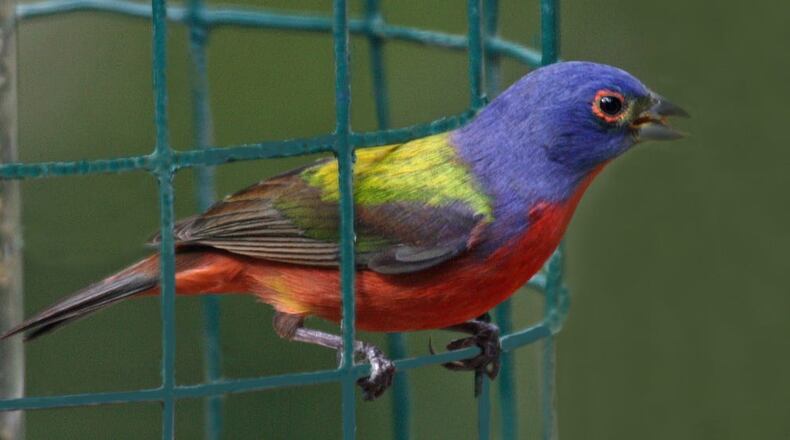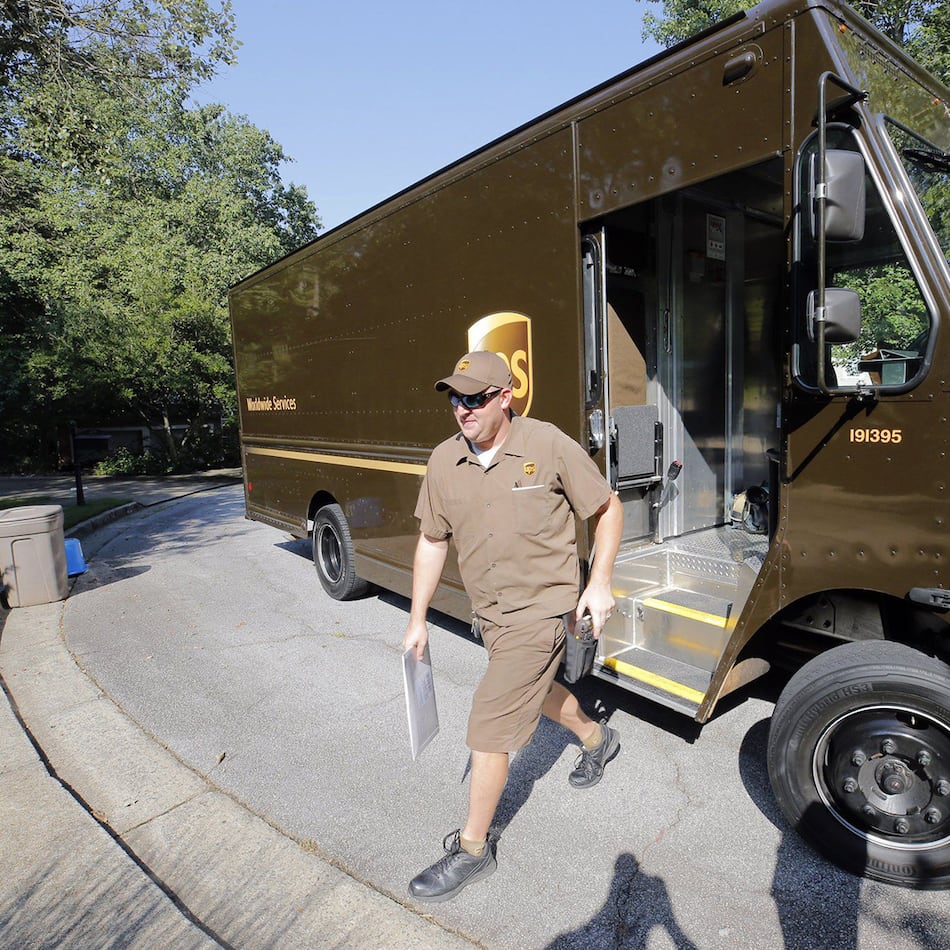There is a curiosity about birds that can usually be explained. Here are some questions I've been receiving about our feathered friends.
Question: "Can birds fly upside down?"
Answer: While birds may occasionally be seen in the air upside down, most of them cannot actually fly that way. Their flight feathers lock together like the slats on a Venetian blind, and are only designed to form a solid aerofoil against air from below. If they turn upside down, the feathers separate and let air through. Geese have been observed turning their bodies over to let air through for the purpose of making a fast landing. This is known as "whiffling."
Hummingbirds are the exception to the rule. They can rotate their wings 180 degrees. This allows them to generate lift on the upstroke, and fly both backwards and upside down.
Q: "How is it that a bird can fly into a window, lose feathers and bodily fluids, and then recover and fly away, apparently unharmed?"
A: Window strikes are often fatal for birds. Some do, however, regain consciousness and fly away, seemingly unhurt. It is likely that they did sustain some injuries, but since they cannot take themselves to the bird emergency room, we do not have data to tell us the final outcome of their too close encounter with glass.
Q: "What birds should you expect to see if you live on the edge of a salt marsh?"
Related question: “I’d love to know more about herons.”
A: For starters, you will find the "usual suspects" – the songbirds or "passerines" that are attracted to bird feeders. A smorgasbord of sunflower seeds, safflower seeds, peanuts and suet will attract cardinals, chickadees, titmice, house finches, downy and red-bellied woodpeckers, Carolina wrens, mourning doves, brown thrashers, blue jays, and northern mockingbirds. Also found near the marshes, particularly in the spring and summer are flocks of boat-tailed grackles and red-winged blackbirds. If your salt marsh habitat also includes some coastal scrub and wax myrtle, you may be blessed with those glorious rainbow birds, the painted buntings. They come to feeders to snack on white millet.
Many of the other birds you can find around salt marsh are not feeder visitors, unless you offer a seafood buffet. Clapper rails, commonly known as marsh hens, are more easily heard than seen. “Why are they laughing at me?,” my niece used to say as one, two or three rails began cackling as she walked out on the dock. These “thin as a rail” birds compress their bodies laterally to wander through the marsh at low tide snacking on fiddler crabs and other invertebrates.
Usually, where there is salt marsh, there is water nearby in the form of a creek or river, or ocean. This draws in yet another bird family — the long-legged wading birds. They range in size from the tiny green heron to the majestic great blue heron. Many of these will nest communally in a group known as a “rookery.” Green herons however, like their privacy and build disorganized stick nests, often some distance from the water.
More than a century ago, snowy and great egrets were extensively hunted for their plumes. Since the French word for plume is “aigrette,” they were dubbed “egrets” while most of the other long-legged wading birds with straight beaks are herons.
One member of the wading bird family that always catches my attention is the roseate spoonbill. These pink beauties with the spatulate beaks are becoming more common in our area, particularly in the late spring and summer after post-breeding dispersal. I love watching them swish their spoon-like beaks through the water in search of small shrimp, fish, and even insects.
A summer trip to the rookery at the Harris Neck National Wildlife Refuge is a great opportunity to study and compare all the members of this fascinating bird family. Good birding!
Bird enthusiast Diana Churchill can be reached via email at dichurchbirds@gmail.com. Send her questions about birds and birding. See more photos and columns by Diana Churchill at SavannahNow.com/lifestyle/. Watch a short documentary on Diana Churchill with this column online.
This article originally appeared on Savannah Morning News: How can birds fly upside down? What birds are found around a salt marsh?
The Latest
Featured



